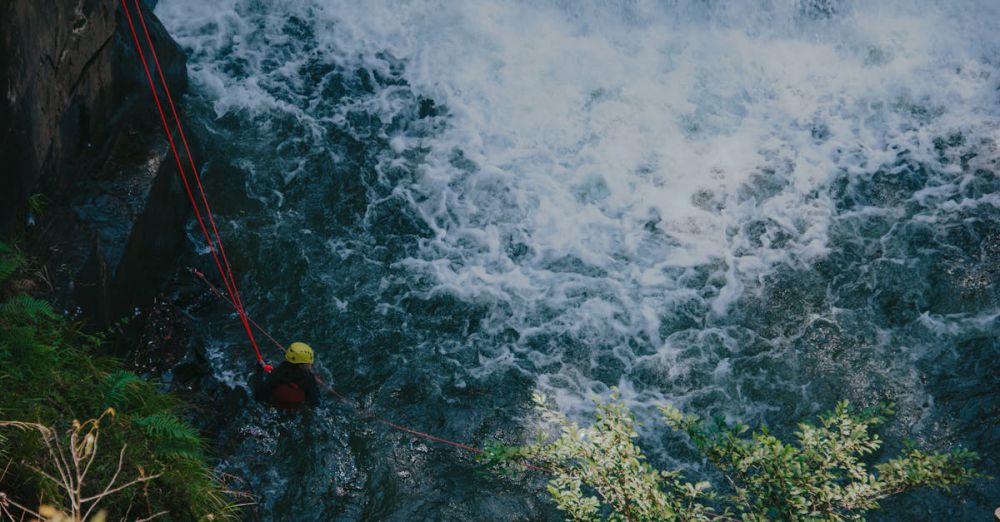How Do You Navigate Rapids in a Kayak
Kayaking through rapids can be an exhilarating experience, a blend of adrenaline and the beauty of nature. However, navigating these swift waters requires skill and knowledge. Whether you are a seasoned paddler or a novice seeking adventure, understanding the dynamics of river rapids is essential for a safe and enjoyable journey.
Understanding Rapids
Rapids are classified into different categories, from Class I (easy) to Class VI (extremely difficult). Knowing the classification of the rapids you will encounter is fundamental. Class I rapids are gentle and pose minimal challenges, while Class IV and above require advanced skills and experience. Before embarking on your kayaking trip, research the river’s conditions, including water levels and weather forecasts, to ensure you are prepared for the adventure ahead.
Preparation is Key
Preparation begins long before you hit the water. Start by selecting the right kayak designed for rapids. A shorter, more maneuverable kayak will help you navigate tight turns and obstacles. Ensure your gear is secure and that you have safety equipment such as a helmet, life jacket, and a whistle. Be aware of the importance of a proper fit for your life jacket; it should be snug but comfortable.
Additionally, consider taking a kayaking course focused on whitewater skills. These courses provide valuable training on paddling techniques, rescue procedures, and reading river features. Learning from experienced instructors can boost your confidence and enhance your safety on the water.
Reading the River
Once you are on the river, your ability to read the water is crucial. Look for signs of current strength and flow patterns. The surface of the water can reveal a lot; whitewater indicates turbulence, while smoother patches may signify deeper, slower-moving sections. Identify obstacles such as rocks or logs, and assess which routes are safest.
Pay attention to the “V” shapes that form in the water, as they indicate the direction of the current. The point of the V will guide you towards the fastest flow, which is often the best route through the rapids. However, always stay alert for sudden changes in the river’s dynamics, as conditions can shift rapidly.
Paddling Techniques
Once you have assessed the river and chosen your path, it’s time to paddle. Use powerful, controlled strokes to maintain your momentum and steer your kayak. Keep your weight centered and low, as this will provide stability. Leaning into turns while using a technique called edging can help you navigate sharp corners more effectively.
In more turbulent sections, practice the “forward stroke” and “reverse stroke” to adjust your speed and direction rapidly. The forward stroke propels you forward, while the reverse stroke helps you slow down or change direction. If you find yourself facing a rock or obstacle, use quick, short strokes to maneuver around it.
Safety First
Safety should always be your top priority. When paddling in rapids, it’s crucial to maintain a safe distance from other kayakers and to communicate with your group. Establish hand signals or calls to alert each other of potential hazards or changes in route. If someone capsizes, immediately assess the situation before attempting a rescue.
In case of an emergency, know the proper techniques for self-rescue and assist others if needed. Always have a plan in place for what to do in case of trouble, and practice these procedures regularly.
Embracing the Adventure
After mastering the skills required to navigate rapids, it’s time to embrace the thrill of the adventure. Each rapid presents unique challenges and rewards, and the beauty of the river enhances the experience. As you paddle through the whitewater, enjoy the rush of adrenaline and the beauty of your surroundings.
Remember that every kayaker has their own pace and comfort level, so listen to your instincts. If a rapid feels beyond your skill level, it’s perfectly acceptable to portage around it. The river will always be there, and no one wants an adventure to turn into a disaster.
By preparing adequately, honing your skills, and respecting the power of the river, you can navigate rapids safely and enjoyably. With practice and experience, each trip will deepen your connection to the water and enhance your love for kayaking.







